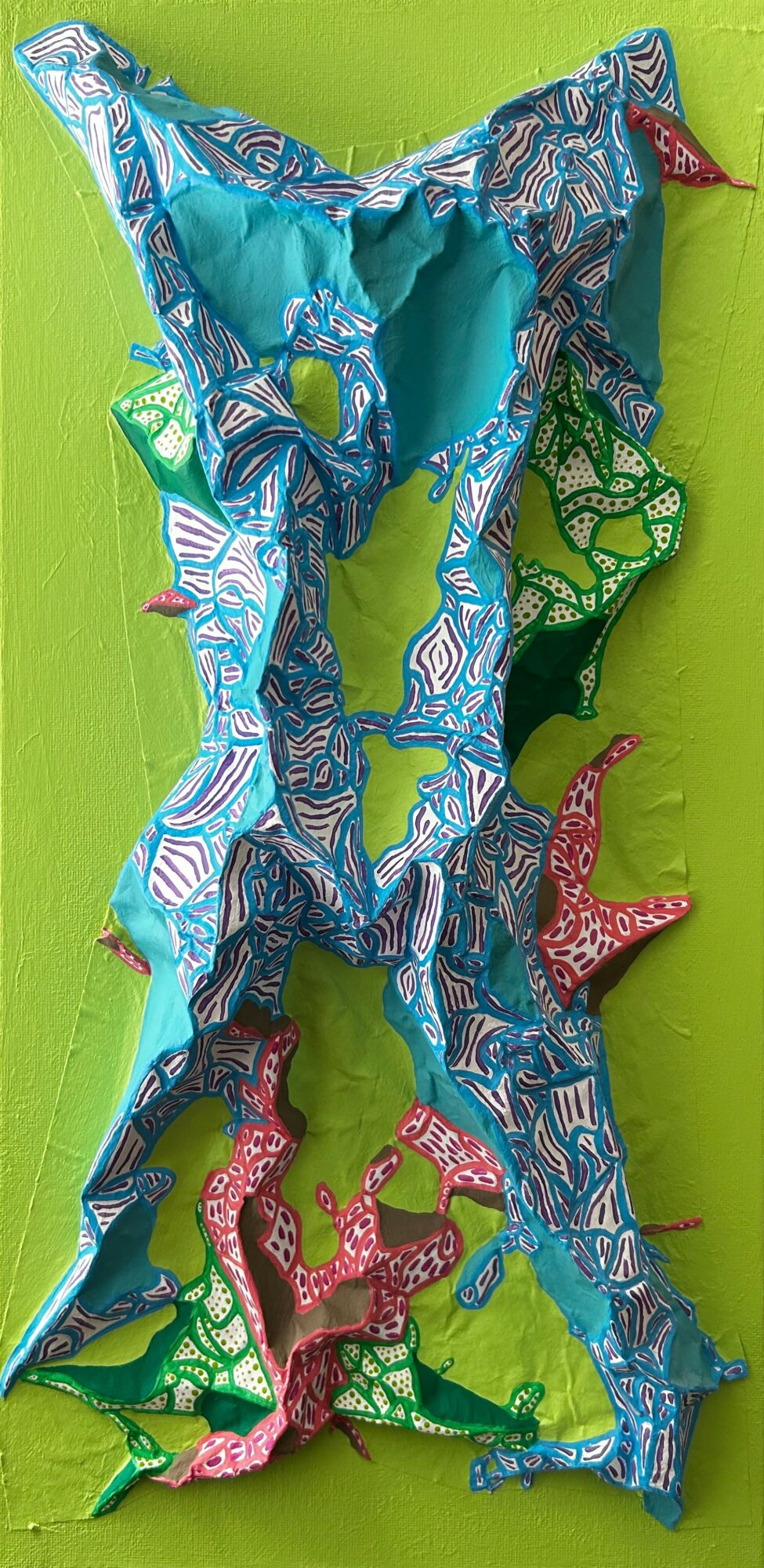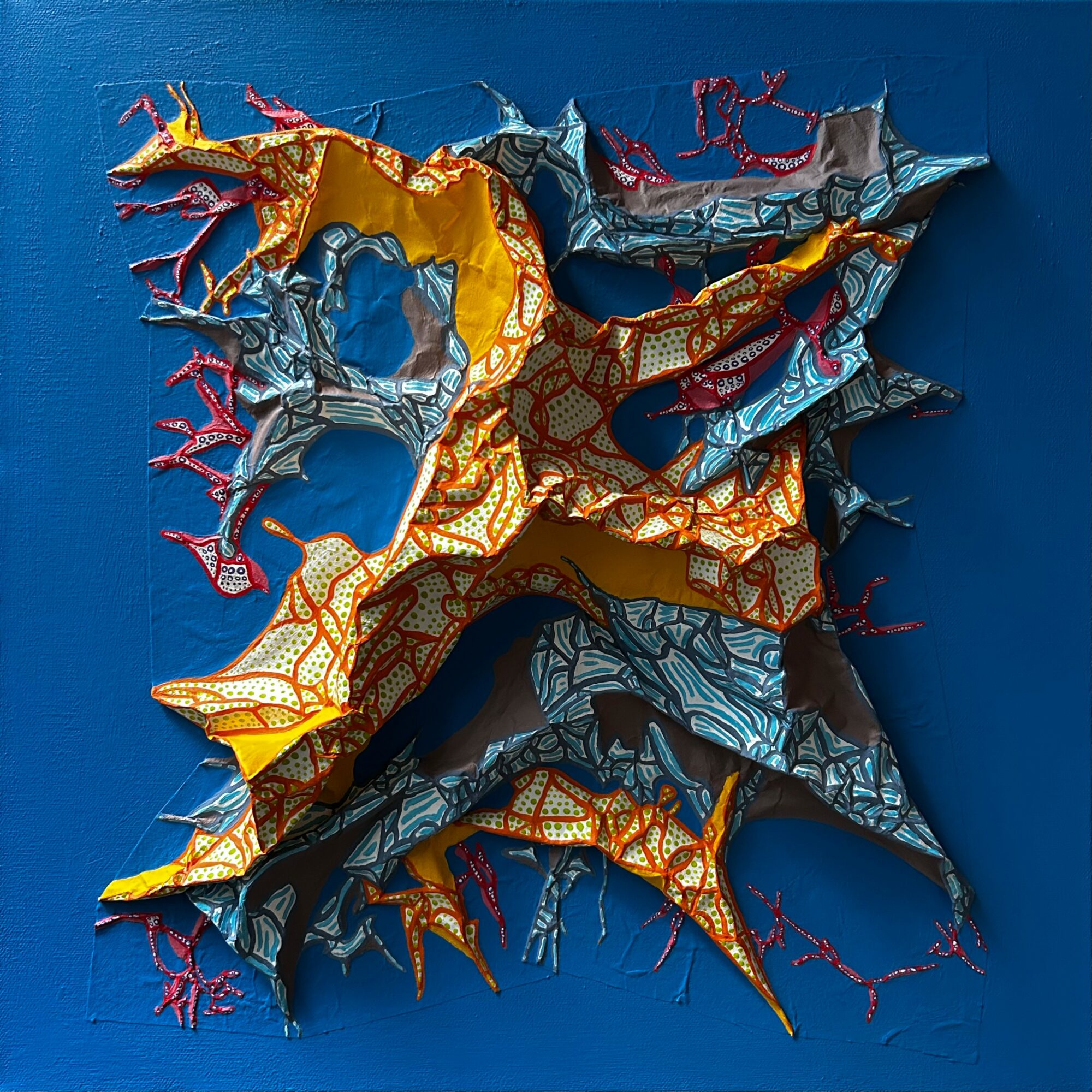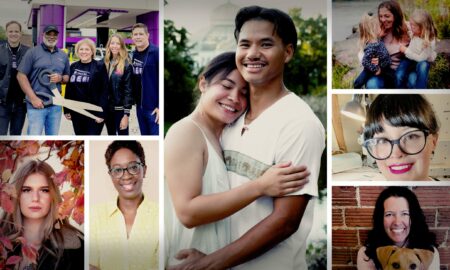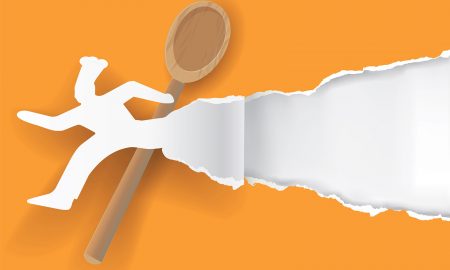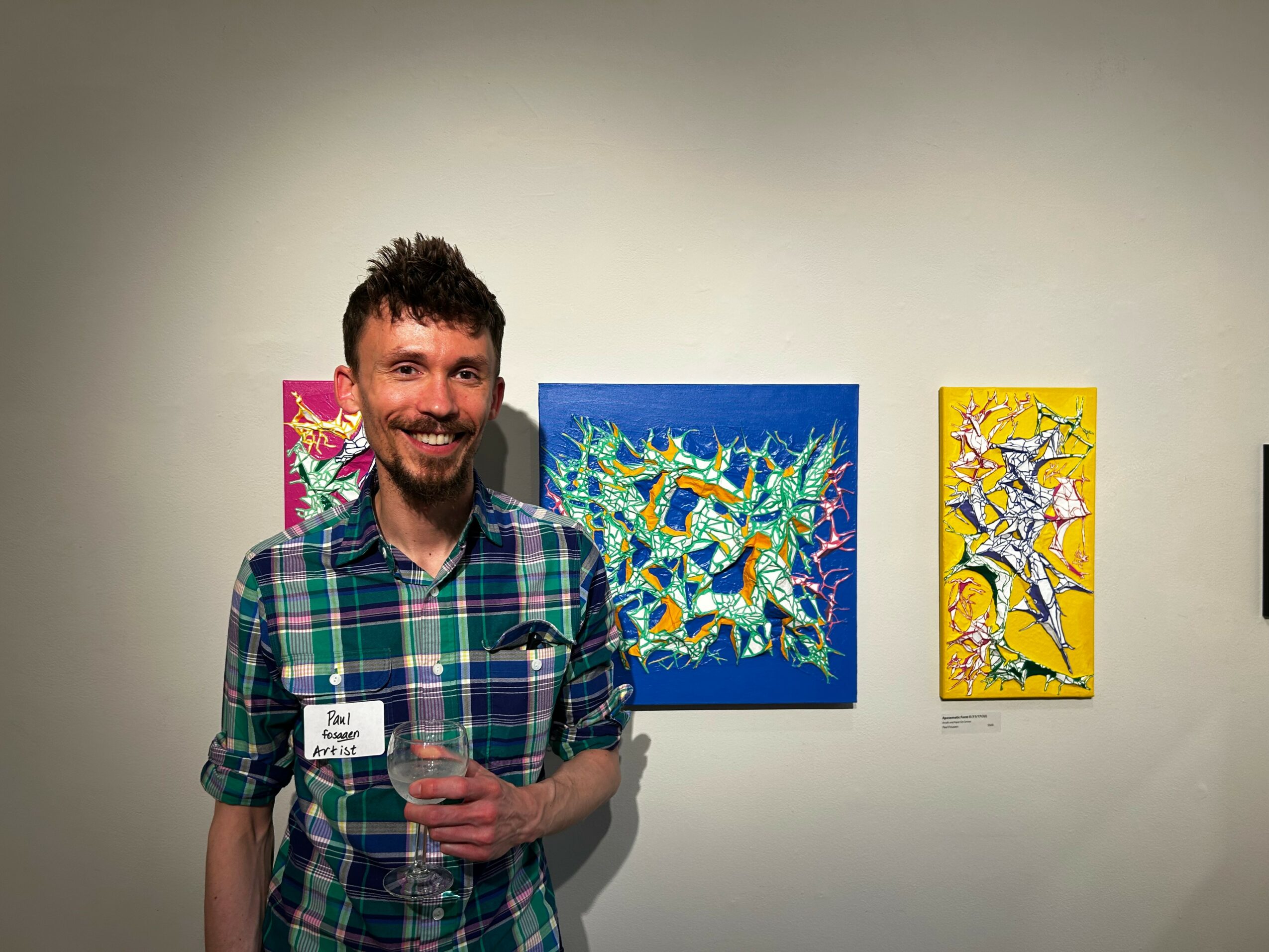

Today we’d like to introduce you to Paul Fosaaen.
Hi Paul, can you start by introducing yourself? We’d love to learn more about how you got to where you are today?
I started painting in 2006. I took an art class in high school and painted my own version of one of Monet’s rock arch paintings. I enjoyed painting it and my parents wanted to be supportive, so they let me use the shed in their backyard to paint for the rest of the summer before I went off to college. I made a handful of paintings loosely inspired by Abstract Expressionist artists like Willem de Kooning and Hans Hoffman during that summer.
I started painting more seriously in 2010 when I took another painting class in college where I started to develop some of the techniques that I still use today. I was also volunteering at a gallery, the Soap Factory, where I ended up showing my work in three different exhibitions.
My work became more three dimensional in 2019 when I started incorporating loosely draped fabric over the canvas. This eventually evolved into using paper as a three dimensional surface because it was less time consuming and more cost effective. My exploration in dimensional painting led me to many different opportunities including various shows and sales.
I’ve also begun preparing a handful of workshops that I plan to offer online and potentially in person soon. They’ll incorporate both painting techniques and mindfulness practices that I’ve adopted over the years that have been beneficial to me artistically and personally. More information will be available soon on my website, www.paulfosaaen.com.
Alright, so let’s dig a little deeper into the story – has it been an easy path overall and if not, what were the challenges you’ve had to overcome?
There were definitely challenges along the way. I went into college still recovering from a significant trauma and I didn’t have the resources at the time to heal. It wasn’t until I started working on getting better later in my life when I also started seeing improvements in my art. Because of what I’ve learned from my healing journey, I’ve made a point to make mindfulness practices a priority in my work as an artist. I hope that I can be proof to others that art has the power to heal.
As you know, we’re big fans of you and your work. For our readers who might not be as familiar what can you tell them about what you do?
I’m a Surrealist painter. I use techniques like “involuntary sculpture” and “éclaboussure” that were developed by the Surrealists in the 1920s. I use these techniques to make abstract three dimensional paintings and Color Field paintings on flat, traditional canvases.
I’m probably best known for my three dimensional paintings from my “Aposematic Form” series using paper as a sculptural surface. I’m also most proud of those paintings. They represent the culmination of what I’ve learned so far as an artist, and they best represent my philosophy that we as humans are simply animals responding to our ecological circumstances, for better or worse.
I’d say what sets me apart from other artists is that I love color. The more colorful the better. I casually research pigments to learn more about them in my spare time. I’ve studied the work of Minnesotan artist Charles Biederman and his use of saturated, contrasting colors to better understand how color works. I’d also say I have a pretty good understanding of art history. That’s what I went to school for. My focus was early Modern European art but I studied everything from ancient art up to Modernism.
What would you say have been one of the most important lessons you’ve learned?
Don’t push yourself. Nothing is worth exhausting yourself over. Part of my journey in making mindfulness a priority in my art was establishing a routine and setting limits for myself. On an average night, I’ll set aside an hour to paint with no objective but to paint. I used to tell myself that I had to finish a certain section or complete a painting before I set these boundaries for myself and it got exhausting. Now that I’ve established a routine for myself, I don’t experience the same exhaustion and I feel more fulfilled when I paint.
Another important lesson for me was to not get bogged down by the details. As artists, we are sometimes our worst critics. Chances are, only we know the mistakes we made when we paint. No one else will see it as a mistake, so why beat yourself up over little details? Maybe that accident was how it was supposed to look all along, and sometimes accidents can lead to discoveries.
Contact Info:
- Website: https://www.paulfosaaen.com
- Instagram: @paul_fosaaen


